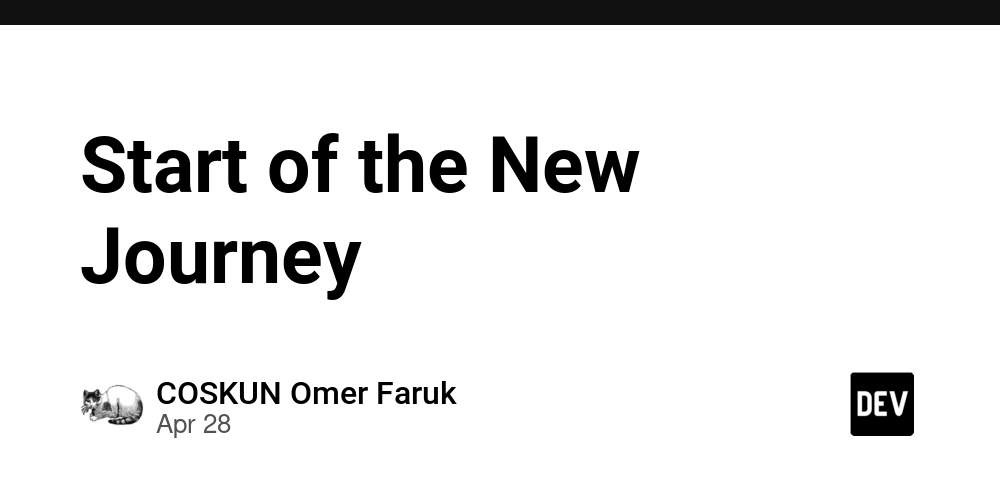Funding and Innovation: Blockchain, Cybersecurity, & Open Source – A Comprehensive Analysis
Abstract: This post explores how the convergence of blockchain technology, cybersecurity, and open source software is revolutionizing digital defense. We delve into the historical context, core features, and applications of this synergy in areas such as decentralized identity management and secure supply chain tracking. We also discuss the challenges and limitations of scaling these technologies and what the future holds in terms of innovations like AI integration, decentralized autonomous security, and improved interoperability protocols. With insights from government funding support, innovative licensing models, and real-world funding examples, this comprehensive guide offers technical experts and stakeholders a roadmap to transforming digital security. Introduction In today’s rapidly evolving digital world, the combination of blockchain, cybersecurity, and open source software is becoming central to redefining secure digital ecosystems. These technologies are not just buzzwords—they are practical tools used to build robust, transparent, and collaborative security frameworks that protect innovations, personal identities, and corporate assets. This analysis draws upon original research, funding case studies, and real-world applications of these interlinked disciplines. In this post, we refer to the Original Article as a foundation and expand with additional insights, best practices, and the latest trends in funding and technology integration. Background and Context The genesis of blockchain technology lies in its ability to create decentralized ledgers that eliminate single-point failures. Early applications in cryptocurrency have now evolved into broader use cases, especially in cybersecurity. Traditional centralized systems are often cumbersome and vulnerable to sophisticated cyber threats. In contrast, blockchain’s distributed ledger provides enhanced transparency and resilience. Simultaneously, open source software (OSS) has seen exponential growth as a collaborative model for innovation. With its publicly accessible code, OSS attracts a diverse community of developers who contribute towards rapid vulnerability detection, swift patch deployments, and ongoing feature enhancements. This community-driven approach has given rise to joint initiatives, government-backed funding programs (see Government Funding Support), and venture capital investments aimed at scaling these promising technologies. Historically, digital security was dominated by proprietary systems that lacked transparency and flexibility. The shift to open source and decentralized models has now restructured security protocols in finance, healthcare, supply chain, and national defense. New licensing models, such as those outlined in the Copyleft Licenses Ultimate Guide, further foster collaboration while protecting intellectual property rights. This historical context underpins today’s digital defense, where advanced funding mechanisms, from corporate sponsorships to blockchain-based token incentives, support continuous innovation in this domain. Core Concepts and Features The convergence of blockchain, cybersecurity, and open source software relies on several foundational concepts and strengths that enhance digital defense systems: Blockchain Technology Fundamentals Distributed Ledger: Every transaction is recorded and distributed across multiple nodes, drastically reducing the risk of tampering or single-point failures. Immutability: Data recorded on a blockchain cannot be altered easily. This guarantees a secure, unalterable record-keeping process essential for building trust. Smart Contracts: Self-executing contracts automatically validate transactions or enforce security protocols. They are crucial for automating processes and reducing human error. Transparency and Trust: The public nature of blockchain records fosters trust and robust security practices, as every participant can verify transactions. Open Source Cybersecurity Essentials Open source software is pivotal in modern cybersecurity because it leverages collaborative innovation. Key principles include: Auditability and Transparency: The open code base allows developers around the world to inspect and enhance the software, fostering rapid identification of vulnerabilities. Customization and Flexibility: Organizations can customize OSS tools to meet specific security needs, adapting quickly to the evolution of cyber threats. Rapid Patching: With a broad community of contributors, patches and updates can be deployed swiftly, reducing exposure to potential attacks. Cost Efficiency: Without proprietary licensing fees, OSS offers a cost-effective alternative for robust cybersecurity solutions. Integration and Overlaps When integrated, blockchain and open source cybersecurity complement each other by enhancing overall system resilience. The following table summarizes these overlaps: Key Featur

Abstract:
This post explores how the convergence of blockchain technology, cybersecurity, and open source software is revolutionizing digital defense. We delve into the historical context, core features, and applications of this synergy in areas such as decentralized identity management and secure supply chain tracking. We also discuss the challenges and limitations of scaling these technologies and what the future holds in terms of innovations like AI integration, decentralized autonomous security, and improved interoperability protocols. With insights from government funding support, innovative licensing models, and real-world funding examples, this comprehensive guide offers technical experts and stakeholders a roadmap to transforming digital security.
Introduction
In today’s rapidly evolving digital world, the combination of blockchain, cybersecurity, and open source software is becoming central to redefining secure digital ecosystems. These technologies are not just buzzwords—they are practical tools used to build robust, transparent, and collaborative security frameworks that protect innovations, personal identities, and corporate assets. This analysis draws upon original research, funding case studies, and real-world applications of these interlinked disciplines. In this post, we refer to the Original Article as a foundation and expand with additional insights, best practices, and the latest trends in funding and technology integration.
Background and Context
The genesis of blockchain technology lies in its ability to create decentralized ledgers that eliminate single-point failures. Early applications in cryptocurrency have now evolved into broader use cases, especially in cybersecurity. Traditional centralized systems are often cumbersome and vulnerable to sophisticated cyber threats. In contrast, blockchain’s distributed ledger provides enhanced transparency and resilience.
Simultaneously, open source software (OSS) has seen exponential growth as a collaborative model for innovation. With its publicly accessible code, OSS attracts a diverse community of developers who contribute towards rapid vulnerability detection, swift patch deployments, and ongoing feature enhancements. This community-driven approach has given rise to joint initiatives, government-backed funding programs (see Government Funding Support), and venture capital investments aimed at scaling these promising technologies.
Historically, digital security was dominated by proprietary systems that lacked transparency and flexibility. The shift to open source and decentralized models has now restructured security protocols in finance, healthcare, supply chain, and national defense. New licensing models, such as those outlined in the Copyleft Licenses Ultimate Guide, further foster collaboration while protecting intellectual property rights.
This historical context underpins today’s digital defense, where advanced funding mechanisms, from corporate sponsorships to blockchain-based token incentives, support continuous innovation in this domain.
Core Concepts and Features
The convergence of blockchain, cybersecurity, and open source software relies on several foundational concepts and strengths that enhance digital defense systems:
Blockchain Technology Fundamentals
Distributed Ledger:
Every transaction is recorded and distributed across multiple nodes, drastically reducing the risk of tampering or single-point failures.Immutability:
Data recorded on a blockchain cannot be altered easily. This guarantees a secure, unalterable record-keeping process essential for building trust.Smart Contracts:
Self-executing contracts automatically validate transactions or enforce security protocols. They are crucial for automating processes and reducing human error.Transparency and Trust:
The public nature of blockchain records fosters trust and robust security practices, as every participant can verify transactions.
Open Source Cybersecurity Essentials
Open source software is pivotal in modern cybersecurity because it leverages collaborative innovation. Key principles include:
Auditability and Transparency:
The open code base allows developers around the world to inspect and enhance the software, fostering rapid identification of vulnerabilities.Customization and Flexibility:
Organizations can customize OSS tools to meet specific security needs, adapting quickly to the evolution of cyber threats.Rapid Patching:
With a broad community of contributors, patches and updates can be deployed swiftly, reducing exposure to potential attacks.Cost Efficiency:
Without proprietary licensing fees, OSS offers a cost-effective alternative for robust cybersecurity solutions.
Integration and Overlaps
When integrated, blockchain and open source cybersecurity complement each other by enhancing overall system resilience. The following table summarizes these overlaps:
| Key Feature | Blockchain Contribution | Open Source Contribution |
|---|---|---|
| Decentralization | Data distributed across a network of nodes | Global community collaboration enhancing software quality |
| Immutability | Records that cannot be altered | Robust auditing and rapid patching to maintain integrity |
| Transparency | Public ledger fostering trust | Open review processes that increase accountability |
| Automation | Smart contracts for self-executing agreements | Customizable tools to adapt to emerging security needs |
| Cost Efficiency | Reduced overhead compared with centralized systems | Eliminates licensing expenses while supporting innovation |
Additionally, innovative funding platforms and licensing models ensure that projects develop sustainably. For instance, organizations can leverage token-based incentives combined with traditional funding sources to scale blockchain-based security solutions.
Applications and Use Cases
Integrating blockchain funding with open source cybersecurity solutions opens up several practical applications. Here are a few key examples:
1. Decentralized Identity Management
Scenario:
Organizations seek to protect user identities from theft and fraud using blockchain. In a decentralized identity management system, each identity verification is recorded on an immutable ledger, enhancing security.
How It Works:
- Blockchain: Smart contracts automatically validate and record identity data on the ledger.
- Open Source Tools: Integration of multi-factor authentication and real-time threat detection by the open source community ensures robust protection.
- Funding Aspect: Both venture capital and government grants (as seen on Government Funding Support) support ongoing development and implementation.
2. Supply Chain Security
Scenario:
Global supply chains are increasingly vulnerable to cyberattacks and tampering. Blockchain can record every transaction and shipment detail, ensuring transparency and traceability.
How It Works:
- Blockchain: Every step in the supply chain is timestamped and logged in an immutable ledger.
- Open Source Contributions: Custom security tools detect anomalies and unauthorized modifications in real time.
- Funding Aspect: Corporate sponsorships and government backing help implement and scale these technologies.
3. Secure Data Integrity in Financial Systems
Scenario:
Financial institutions require absolute data integrity and robust compliance frameworks. Integrating blockchain with open source cybersecurity solutions protects transactions from manipulation and fraud.
How It Works:
- Blockchain: Maintains a secure, transparent ledger of financial transactions.
- Open Source Tools: Intrusion detection systems and automated audit trails continuously monitor and secure data integrity.
- Funding Aspect: This sector benefits from venture funding as well as innovative licensing models for sustainable development.
Challenges and Limitations
Despite the potential, technical and adoption challenges remain when merging these technologies.
Technical Challenges
Scalability:
Blockchain networks can suffer from slow transaction speeds and network congestion, affecting the seamless integration with rapidly evolving open source solutions. Layer-2 scaling solutions and improved consensus mechanisms are being developed as potential fixes.Interoperability:
Ensuring seamless communication between different blockchain networks and various open source cybersecurity tools remains a challenge. The lack of standardized protocols can lead to integration issues and potential vulnerabilities.Security Vulnerabilities:
While blockchain provides inherent security, open source projects may still face delays in patching vulnerabilities due to reliance on community contributions. Managing transparency while ensuring rapid security updates is an ongoing challenge.
Adoption Challenges
Resource Constraints and Funding:
Many innovative projects depend on volunteer work and sporadic funding. Although government grants and venture capital aid the development, small projects may struggle to maintain continuous updates and patch management.Regulatory Barriers:
Navigating the legal complexities of data privacy, cross-border data flows, and digital asset management can slow adoption. Adapting open source protocols to meet these evolving regulations adds another layer of complexity.Skill Shortages:
Integration and maintenance of decentralized systems require specialized knowledge. A shortage of skilled professionals can hinder the seamless transition from traditional systems to modern decentralized models.Cultural and Institutional Resistance:
Established organizations with legacy systems may resist shifting to decentralized and open source methodologies, inhibiting widespread adoption despite evident benefits.
Bullet List of Key Adoption Challenges:
- Limited resources and funding for small projects
- Regulatory uncertainty in cross-border technology implementation
- Shortage of specialized technical skills
- Cultural resistance towards decentralized models
- Complexity of integrating heterogeneous systems
Future Outlook and Innovations
Looking ahead, the intersection of blockchain, cybersecurity, and open source development is set to drive significant technological breakthroughs. Some anticipated trends include:
Advanced Machine Learning Integration:
Incorporating AI and machine learning within open source cybersecurity solutions will enable predictive threat analytics. This will allow systems to detect and respond to vulnerabilities proactively.Enhanced Interoperability Protocols:
Future developments will likely concentrate on forming standardized frameworks that improve the communication between various blockchain networks and open source platforms. This will be crucial for building a unified digital ecosystem.Decentralized Autonomous Security:
The emergence of decentralized autonomous organizations (DAOs) dedicated to cybersecurity may streamline threat response via self-regulating, adaptive mechanisms. This will harness blockchain and open source technology to launch self-updating security systems.Innovative Funding Mechanisms:
Funding models such as token-based incentives, crowdfunding, and public–private partnerships will continue to nurture the development of innovative, decentralized security solutions. These initiatives ensure sustainable progress without relying solely on traditional funding structures.Improved Data Privacy and User Control:
With user demand for enhanced privacy, future systems will integrate robust encryption protocols and techniques such as zero-knowledge proofs. Projects like Best Privacy Browsers 2025 illustrate the potential of blending blockchain’s immutable records with open source’s flexible privacy features.
For additional perspectives on these future trends, consider exploring articles like Exploring Open Source Project Sponsorship Opportunities: Enhancing Innovation with Blockchain and DMP and License Token Revolutionizing OSS License Distribution for a New Era of Open Source Innovation.
Summary
In summary, the fusion of blockchain technology, cybersecurity, and open source software is rapidly transforming the digital security landscape. These converging technologies address critical issues such as decentralized identity management, supply chain integrity, and secure financial data exchange. With the benefits of immutable ledgers, community-driven development, and innovative funding models, stakeholders across various sectors are equipped to create resilient and scalable digital security frameworks.
However, challenges such as scalability, interoperability, resource constraints, and regulatory barriers remind us that continuous innovation and collaboration are essential. Future advancements integrating AI, improved interoperability standards, and decentralized autonomous security promise a brighter, more secure digital future.
Key Takeaways:
- Enhanced Security: Combining blockchain’s immutability with open source transparency offers a robust defense mechanism.
- Cost Efficiency: Reduced licensing fees and community-driven innovation make advanced cybersecurity accessible.
- Scalability & Interoperability: Continued developments are needed to overcome network congestion and integration challenges.
- Sustainable Funding: Innovative funding models and government support are crucial for scaling these groundbreaking technologies.
For further reading, refer to the Original Article and related resources like The Downside of Apache License and Why I Never Would Use It and the Copyleft Licenses Ultimate Guide.
As digital threats evolve, the imperative to secure data, identities, and critical assets has never been more urgent. Embracing the convergence of these robust, decentralized solutions not only shields organizations against cyber threats but also shapes a transparent and collaborative digital future. By investing in continuous research, nurturing open source communities, and leveraging new funding mechanisms, stakeholders can collectively drive the next wave of digital defense innovation.
References and Further Reading
- Government Funding Support
- Copyleft Licenses Ultimate Guide
- Best Privacy Browsers 2025
- The Downside of Apache License and Why I Never Would Use It
For additional insights into funding, open source innovation, and blockchain security, check out:
- Exploring Open Source Project Sponsorship Opportunities Enhancing Innovation with Blockchain and DMP
- License Token Revolutionizing OSS License Distribution for a New Era of Open Source Innovation
- Empowering Open Source Through Funding Workshops
By bridging the gap between decentralized technologies and collaborative funding models, the future of digital security looks both innovative and secure. Stakeholders, developers, and policymakers alike are encouraged to embrace these advancements, contributing to the creation of a safer, more transparent online environment for all.


































































































































































![[The AI Show Episode 143]: ChatGPT Revenue Surge, New AGI Timelines, Amazon’s AI Agent, Claude for Education, Model Context Protocol & LLMs Pass the Turing Test](https://www.marketingaiinstitute.com/hubfs/ep%20143%20cover.png)


















































































































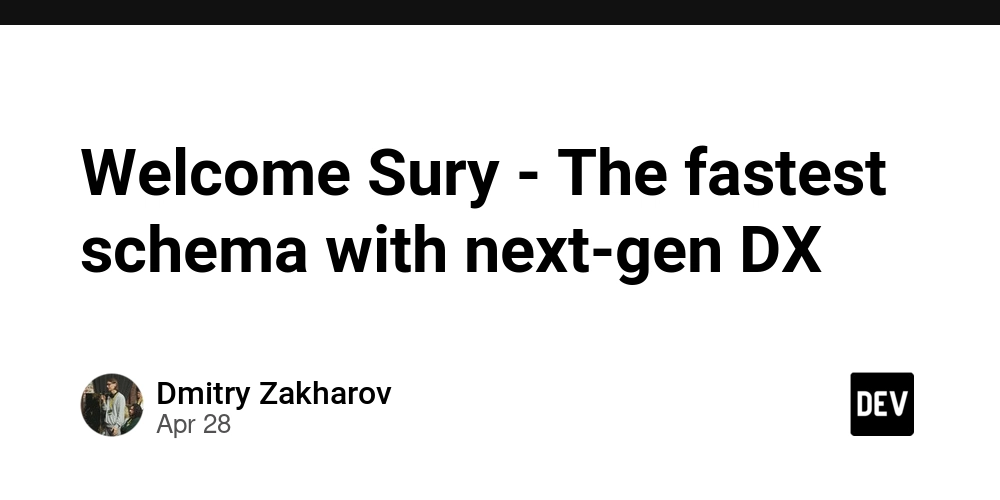


















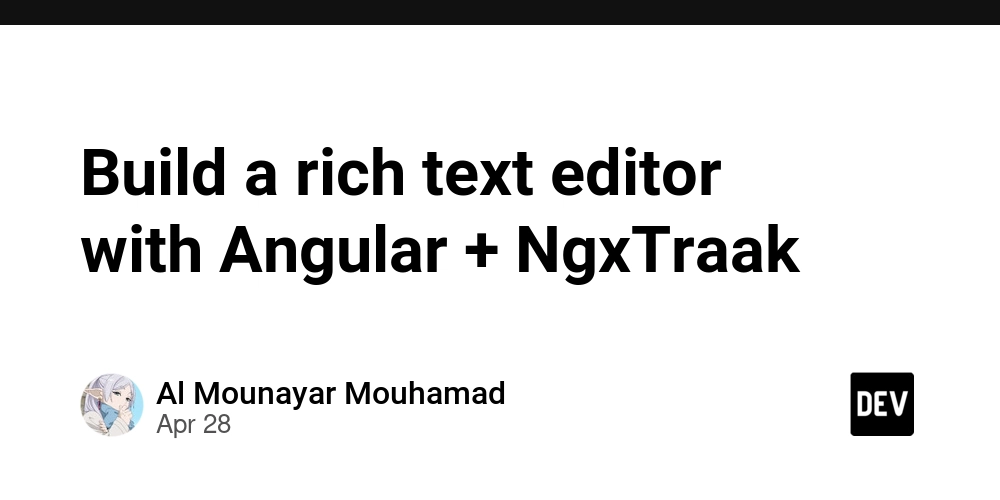





































































































































_Muhammad_R._Fakhrurrozi_Alamy.jpg?width=1280&auto=webp&quality=80&disable=upscale#)
_NicoElNino_Alamy.jpg?width=1280&auto=webp&quality=80&disable=upscale#)





















































































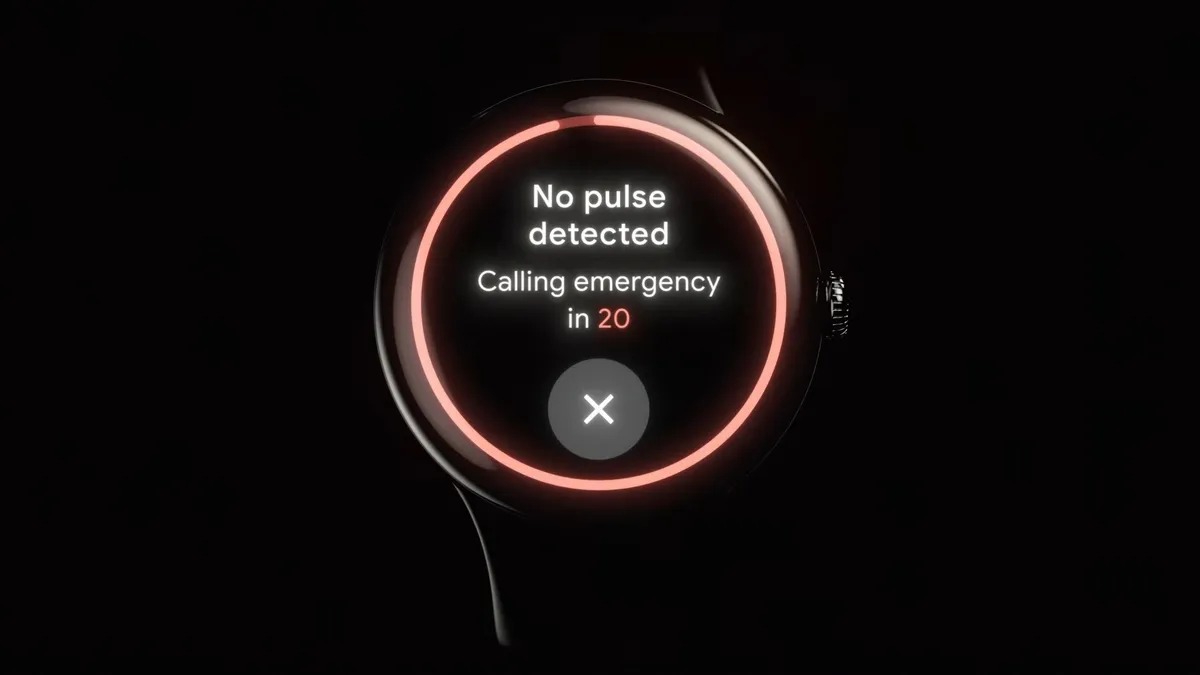




















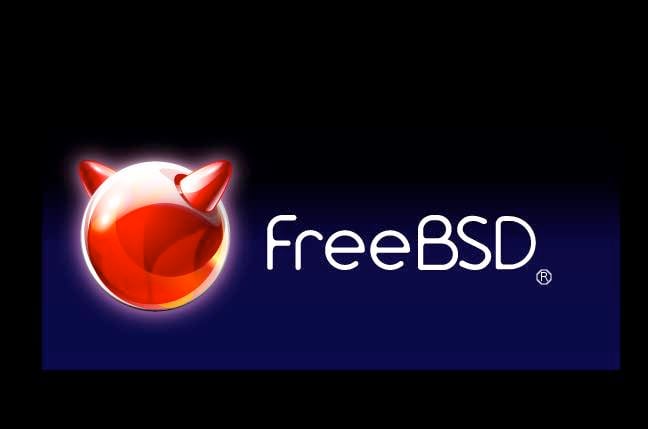

![AirPods Pro 2 With USB-C Back On Sale for Just $169! [Deal]](https://www.iclarified.com/images/news/96315/96315/96315-640.jpg)
![Apple Releases iOS 18.5 Beta 4 and iPadOS 18.5 Beta 4 [Download]](https://www.iclarified.com/images/news/97145/97145/97145-640.jpg)
![Apple Seeds watchOS 11.5 Beta 4 to Developers [Download]](https://www.iclarified.com/images/news/97147/97147/97147-640.jpg)
![Apple Seeds visionOS 2.5 Beta 4 to Developers [Download]](https://www.iclarified.com/images/news/97150/97150/97150-640.jpg)
































































































